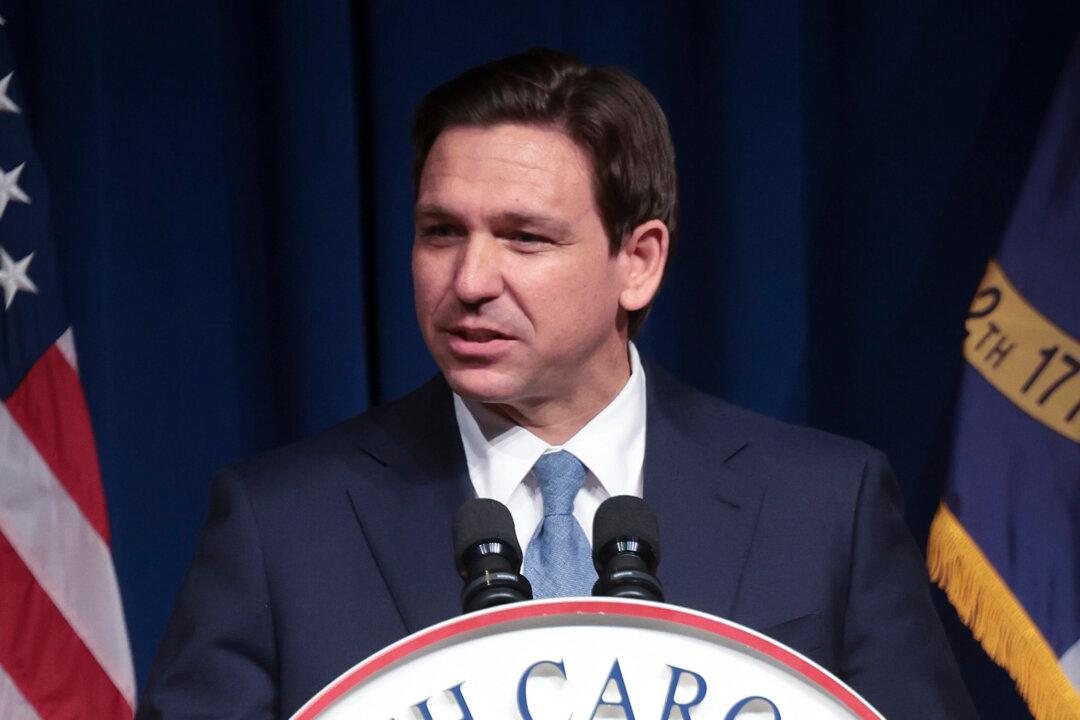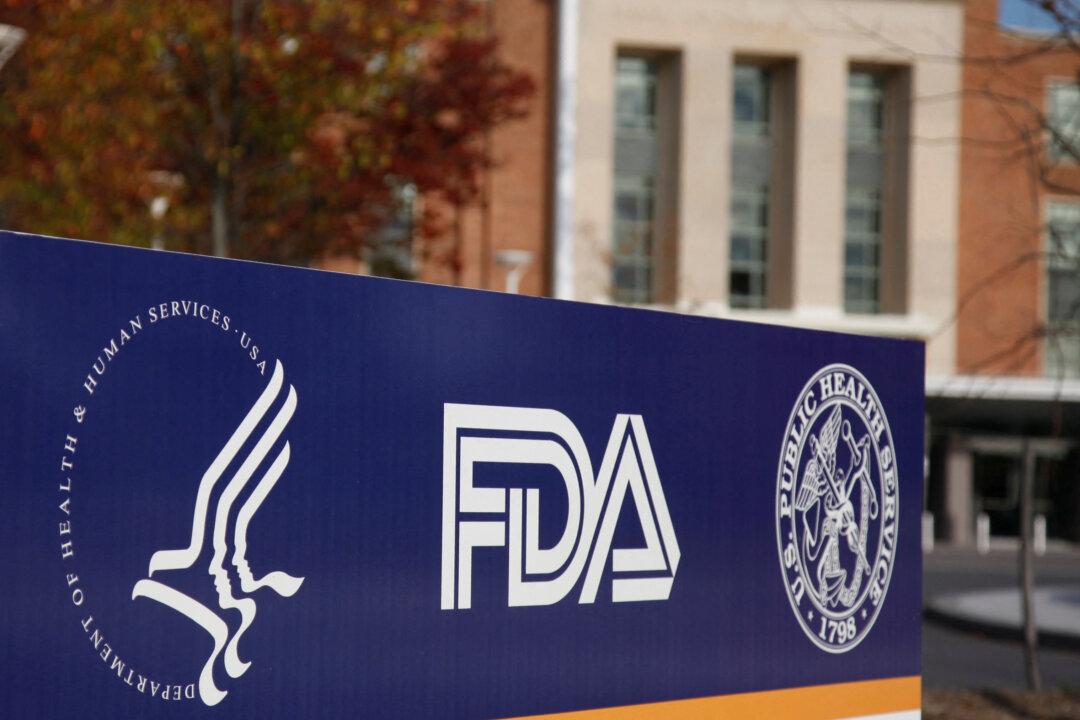Gov. Ron DeSantis on Thursday signed a bill that allows the Florida Department of Transportation to conduct a feasibility study to determine if the radioactive byproduct of phosphate mining can be used as a construction aggregate material for roads.
The new law adds phosphogypsum to the list of “recyclable materials” that can be used as road construction aggregate material. Critics say this poses a risk to public health.





